People, especially millennials to mention, love to engage over the internet. Engaging over the internet for them means sharing memes, videos, artworks, etc. The rise in engagement is the result of the fact that there is no shortage of high-quality social networking and auction platforms using which they can earn money. Yes, making money is the hidden talent followed by entertainment. How? All of these memes, videos, and digital assets are owned by a person, who can either put the asset on sale or bid over assets owned by others for buying it. Let me tell you; the audience really takes pride in owning a digital asset. The underlying of this phenomenon is NFT — Non Fungible tokens.
The emergence of blockchain technology helps the audience bid and buy fantasy digital collectibles from images, videos, digital assets, virtual spaces, virtual sports, and many other things.
The cryptocurrency age is the main reason why people could now purchase the cream of the crop. They are willing to pay over auctions and buy adventurous assets that they value the most. People bidding over such assets prefer to purchase creative items and, not to mention, embrace them for years.
This raises the question, what is NFT? How did the concept originate?
What is NFT?
The platforms, or let me refer to it as marketplaces that offer virtual buying and selling of crypto goods functions using NFTs, aka Non-Fungible tokens. These tokens are unique, encrypted, and managed by blockchain technology like Etherum.
NFT usually defines an asset that can not be traded or exchanged with any other similar product. The assets can be tangible or intangible but should be unique.
How did the NFT concept originate?
The concept of the NFT marketplace originated in the year 2017 and it is claimed to be the colored coin concept before that. Colored coins were first mentioned in a blog post by Yoni Assia in the year 2012. The first NFT token named Crypto Punks was released on American Studio Larva Lab’s Ethereum Blockchain by John Watkinson, & Matt Hall. Ever Since then, the project’s concept is gaining popularity with the release of new crypto goods into the market.
NFT assets include a digital certificate that describes the ownership of paintings, virtual real estate, postcards, videos, graphics, GIFs, etc.
As mentioned above, each of the NFT is unique and distinguishable from the other. The collectibles information is encrypted and can be verified easily. The information can be traced back to the original creator of the digital asset making him legally obliged to claim the ownership if required. You may own two similar digital tokens on a single platform, but yet they all would be different.
A few noticeable aspects of NFTs:
- NFTs are non-interoperable and the information stored within can’t be altered.
- The tokens are still evolving because of which, there is a scarcity of NFTs in the market.
- The NFT tokens are maintained with the highest level of security.
- NFT can be divided or shared with others.
This sounds hell like a crazy and record-breaking auction house. But yeah, the numbers confirm the vogue. After the amazing bid over Christie’s sale, Andrew Goldstein, editor-in-chief of Artnet News, validates that “NFT marketplaces will have an impact over traditional marketplaces. The extent of the impact is difficult to judge right now, but it will destabilize the existing ways of turning maximum eyeballs.”
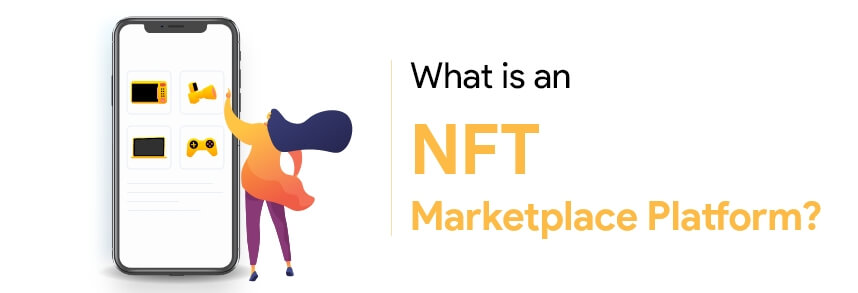
What is an NFT marketplace platform?
In layman’s words, NFT marketplace platforms are like our old-school auction places. The unique, creative, and valuable assets in an old-school auction are physically present, whereas the assets are digitally stored in today’s time.
Rare Bits, the first NFT buying, and selling platform, soon raised $6 million in investment. There is no stopping after this evolution, new companies and various startups started investing in the concept. The industry started growing in leaps and bounds and saw a major hike in the overall revenue generation.
Since the digital collectibles are virtually sold, they fall under copyright rules (depending on the items). The ones who bid the maximum over the assets get the assets right. In other words, the winning bidder owns the digital stuff.
And trust me, people are really passionate about the assets that exist in the digital world. If you do not believe me, how about the fact that a virtual club in Entropia Universe is sold for $635,000!!!!!!
Another shocker: An NFT by the artist Beeple, sold at Christie’s for around $60 million, excluding the auction fees. If we add it to the number, it goes up to $69 million!!
Why is NFT marketplaces’ demand rising?
- NFT data is highly secured using blockchain technology and is reliable. It can not be altered or removed, and any changes in it are traceable.
- It allows you to track the real owner and thereby mitigates the third-party verification needs.
- NFTs can not be divided into any further denominations.
- There are quite a few NFT platforms, and you have a higher chance of making a grand entry.
NFT is used across various industries in different forms. Some popular names of the marketplace include Rare Bits, OpenSea, MoonMarket, OpenBazaar, Auctionity, OPSKINS, and many more.
It is also a popular token in the games and infrastructure industry. If we are to name a few, LUCID SIGHT, Dapper, Arcona, ETHER Kingdoms, BitCrystals, SuperRare, loom, Pixura, etc.
You may also wonder, how industries benefit from using Non-fungible tokens?
The instant rise in the popularity of NFTs and the NFT marketplace is because of the following reasons.
- Non-fungible tokens are used for buying and selling unique assets that exist in the virtual worlds as well as real. Users can use these tokens and take ownership & access over the trading of various unique items.
- NFT information details are unshakable. Meaning, the information held within the token is stored in a secured manner. No one can detach the information stored in a token and the history of transactions is stored safely.
- One can rest assured about any fraudulence while dealing with NFTs. Blockchain technology backs the NFT platform and makes trading more effective and unalterable.
To conclude, the change is going to be massive, really massive. Do you also want to be one of the NFT-based platform owners? Do you wish to go for NFT marketplace development? Well, here you are.
In this article, we will be discussing non-fungible token marketplace platform development. We have taken the NFT platform OpenSea as a reference. The platform is really ringing the bells high and loud, enticing many entrepreneurs to develop NFT marketplace apps.
Read Also: A Quick Ride On Process Of NFT Minting
To begin with,
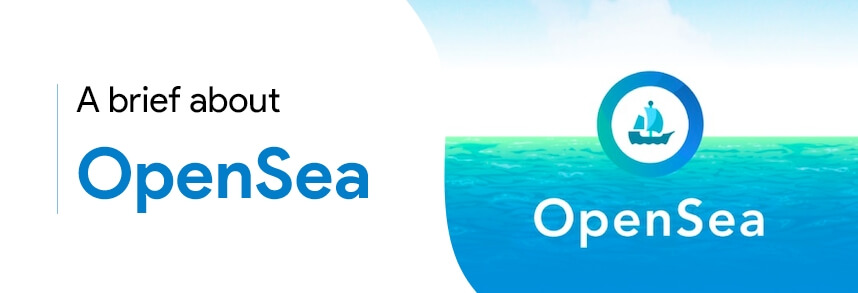
A brief about OpenSea
If you are familiar with the eBay app functioning, you would easily understand how OpenSea functions. It is one of the first and largest marketplaces for buying and selling crypto goods and non-fungible tokens.
The NFT marketplace app development OpenSea was initiated in Dec’17. The founders of the platform, Alex Atallah and Devin Finzer are Stanford, Palantir, and Google graduates. The platform operates from the Greater New York area and functions on Blockchain technology.
The company’s popularity rose above and beyond expectations, because of which it has received noticeable funding of $23M ($27.2M in total) in the last round announced on 18th March’21.
As per the CrunchBase data, the company uses 33 technologies; blockchain is fundamental. All these hypes and figures confirm that NFT development like OpenSea will be the most sought-after area in the coming times.
However, for developing an NFT marketplace app like OpenSea, you will need assistance from an NFT marketplace app development company. We, at Kody Technolab, also leverage advanced technologies to help you develop an NFT app. You can contact us by filling up the form, and we will revert you back in the shortest possible time. We also deep study various technologies to check if two or more technologies can be merged and a better outcome could be achieved.
Now let’s look at the offerings of the OpenSea platform. The offerings will define the features that you need to include in your NFT marketplace app (web app or mobile app). Hence, I request you to have your utmost attention while we write the next section.
- The first and foremost step is to set up an Ethereum wallet in order to access applications dealing with NFT marketplaces. Users can use various wallet facilities like Trezor One, Metamask, Exodus, etc., to open their Ethereum wallets.
- Once the users have initiated your Ethereum account, they can connect the same with the NFT platform you are planning to use.
- Only after doing this, the user would be allowed to set up the NFT platform profile.
- An NFT marketplace app like OpenSea provides users with various features such as My Profile, Transfer, Sell, Account Settings, W-ETH Station, etc. in the user profile section.
- The next feature you can have in your NFT app development like OpenSea is the Community feature. In this feature, the user can explore various Blogs, FAQs, leave behind their suggestions or ask for help.
- Moving forward, the registered users can browse NFT and collectibles in various categories such as Domain names, Artforms, Virtual worlds, Trading cards, Sports, Collectibles, Utility, Videos, and a lot more.
- Each of these categories will have respective “Buy Now,” “On Auction, “New,” and “Offer” filters. The user can click on any of them to make a selection of their choice.
- The entire list of items can be further filtered by “Recently Listed,” “Recently Sold,” “Recently Created,” “Price: Low To High,” “Price: High to Low,” “Oldest,” “Most Viewed,” “Highest Selling” etc. You can decide the number of filters you want to have in your NFT marketplace development.
- Moving ahead, when the user clicks on any of the digital assets, the screen shows the complete information about the assets. The information includes the details of the owner, total number of views, Sale launch date, Sale end date, Current Price, Price history since its launch, Average price, Any other listing, Offers on the asset, etc.
- The respective asset screen shows stats and chain information of the digital asset. It also covers information about the asset and the type of property listed.
- To develop an application similar to OpenSea, it is important to show users the Trading History of the digital asset.
- An enthusiastic user can either buy the asset or make an offer depending on the type of asset available over the platform.
- Allow the users to refer an asset and make points/money through referrals.
- Users can also gift a digital asset to friends or family using the NFT platform.
- Users can also keep track of their activity and check assets lying in the My Items list.
So, this is all about the offerings and features of an NFT marketplace app like OpenSea.
How much does it take to build an NFT marketplace app like OpenSea from scratch?
If you are wondering about the NFT marketplace development cost, let me tell you its estimate. The NFT marketplace app development like OpenSea will cost you around $30K to $50K. This is a highly advanced project, and many other factors may affect the final cost, for example;
- The number and complexity level of features;
- The level of marketplace customization;
- Basic and additional technology stack to accomplish the desired functionality;
- App and blockchain developers’ cost;
- Total number of hours taken for development;
- Third-party API integration such as payment gateway, cloud storage;
- In-app wallet development.
Apart from the above factors, the location from where you get your NFT platform developed fluctuates the budget to a great extent. Given our world comprises different nations with currency rates due to economy. Therefore, there is a significant difference between the rate charges by Asian developers and American developers.
In contrast, the quality of NFT development services also affects the final cost of the marketplace. Yet, when you hire app developers from India, you can rest assured about the quality at cost-effective prices.
All things considered, you should make sure that you are spending enough behind quality UI/UX and functionality. Do not compromise over these things because it might affect the overall app experience.
Conclusion:
The future of NFT marketplaces looks promising. Entrepreneurs are marching towards this industry, and if you need any help, we are here to help. Get in touch with us to discuss your project further.
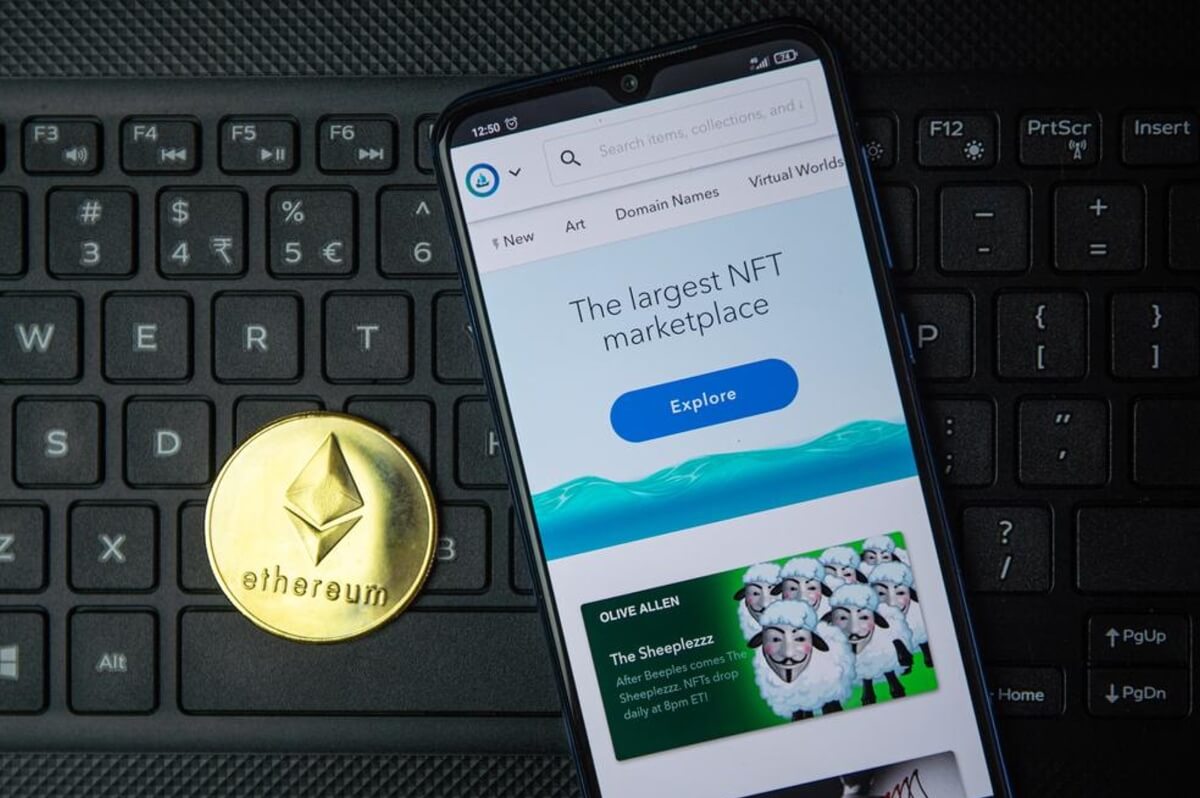


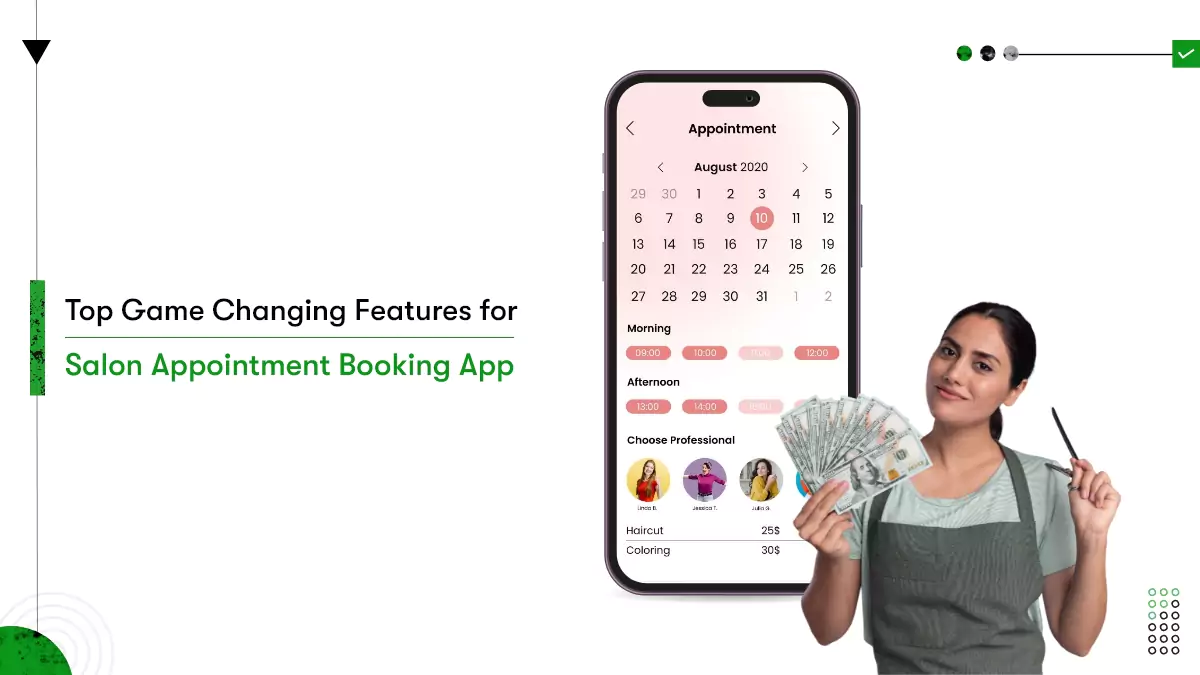
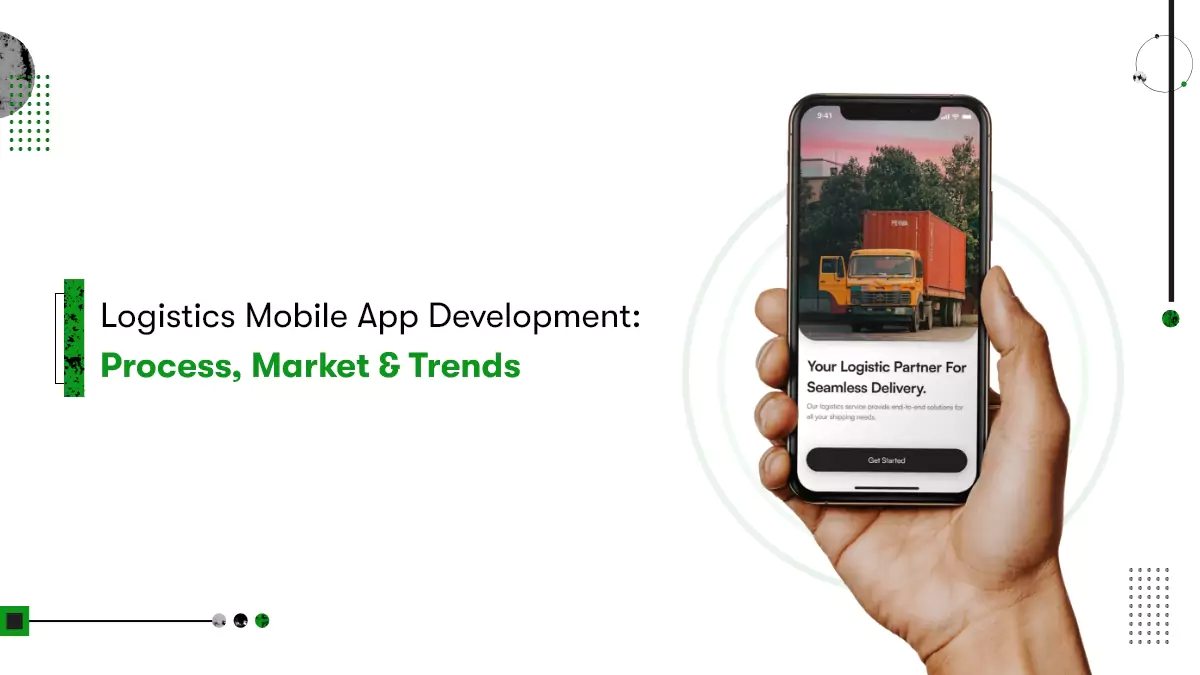
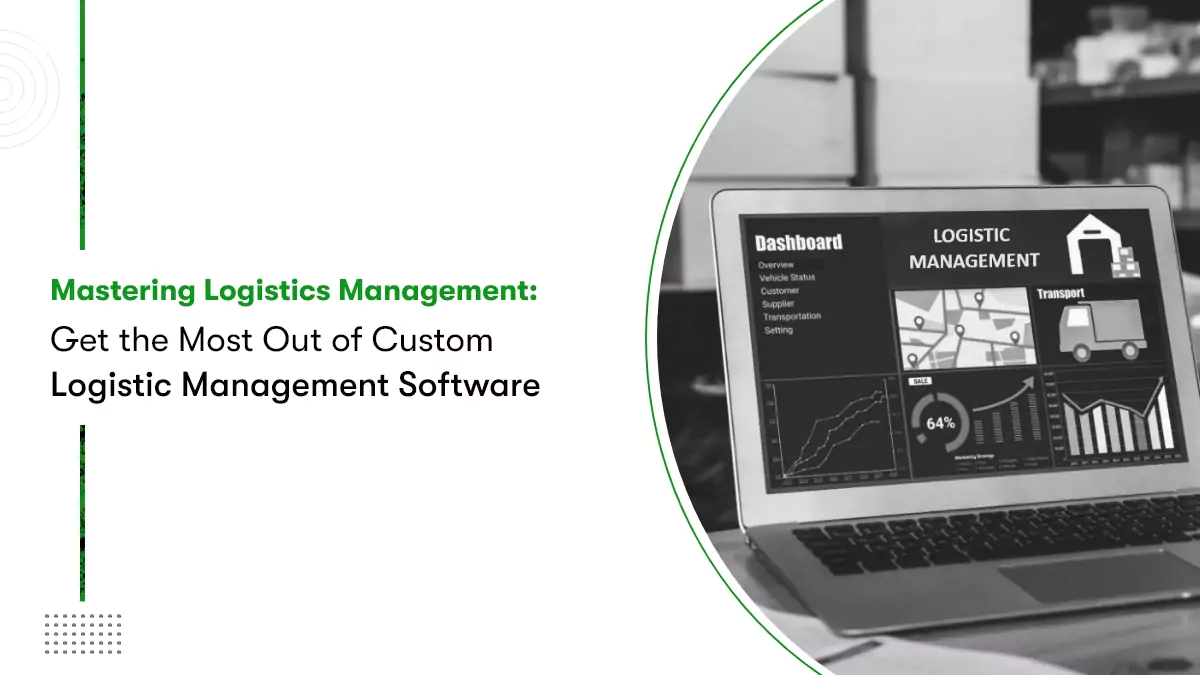




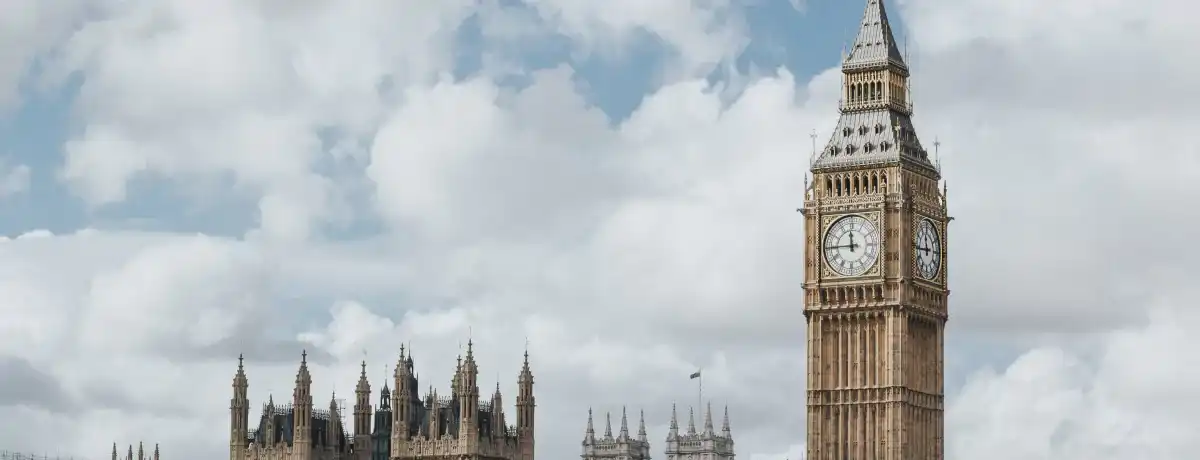

 Contact Information
Contact Information